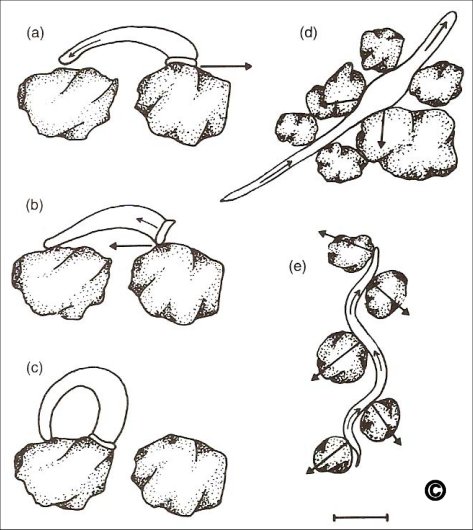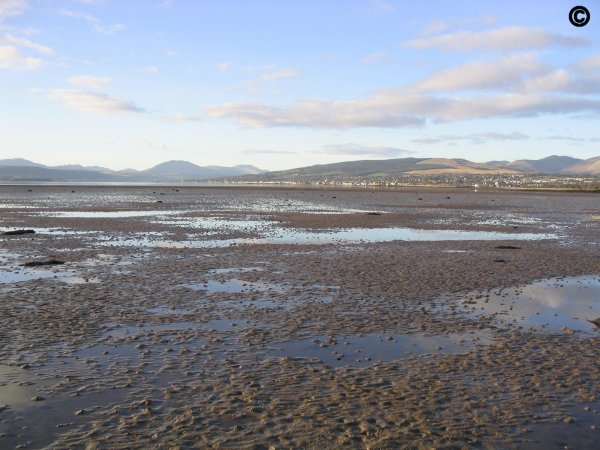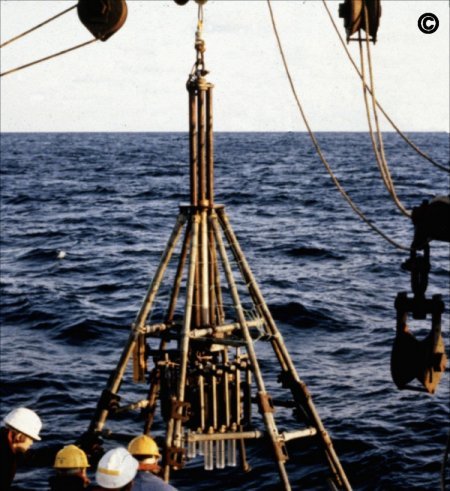The Environmental Impact of Burrowing Animals and Animal Burrows.
Symposia of the Zoological Society of London Number 63.
1991.
Edited by Peter S. Meadows and Azra Meadows.
Published for The Zoological Society of London, by Clarendon Press, Oxford.
ISBN 0 19 854680 7
(Available from Abebooks.co.uk)
Preface
The purpose of this symposium has been to describe the environmental impact of burrowing animals and animal burrows and their effects on and interactions with terrestrial and aquatic ecosystems. Burrowing animals themselves, the nature of their burrows and the purposes for which they dig them are enormously varied. The field widens still further if one includes not only animals that burrow into soil or sediment, but those that burrow into living organisms - plant tissue or flesh.
It would not be possible cover the whole field in one symposium, and inevitably we have had to select. The symposium focuses on burrowing by individual animals and groups of animals living in terrestrial and aquatic ecosystems, and considers their environmental impact. Individually, the contributions presented at the symposium give valuable accounts of current work on the effects of burrowing by a wide variety of organisms. Collectively, the contributions emphasise the sheer scale of activities taking place in almost every terrestrial and aquatic environment and the immense quantity of sedimentary material that is moved or displaced. The contributions also give a wide presentation of the kinds of question that are being asked about the impact of burrowing in general and about burrowing by individual species.
The environmental impact of burrowing can be very large. The starting point may be one species, but the effects of that species radiate outwards into an increasing complexity of interrelations that can involve whole ecosystems. It is this cross-fertilisation of ideas that the symposium has sort to engender. The symposium's aim has been to provoke questions as well as to formulate and answer others.
We were delighted at the positive response from many quarters when we first discussed with colleagues the idea of holding the symposium, and are very grateful to the Zoological Society of London for agreeing to sponsor it. In the event, the meeting was a great success, and we were particularly pleased that participants were able to attend from Denmark, France, Germany, Holland, India, Israel, Pakistan, Saudi Arabia and the USA, as well as from the UK. We are also pleased that it has been possible to include the informal discussions at the end of each talk because these often illuminate new points of view, and to print short papers based on the excellent poster demonstrations.
We gratefully acknowledge the generous support of the Commonwealth Foundation which enabled a participant from India to take part in the meeting. We are especially grateful to the Zoological Society of London for their outstanding conference facilities, excellent accommodation and superb evening reception. We are most grateful to Ms Unity McDonnell, of the Zoological Society, for her patience and understanding before, during and after the symposium, and for her friendly efficiency at all times.

© Figure Copyright. 1991. The Zoological Society of London, and M. E. G. Evans, University of Manchester.
A carabid ground beetle wedge-pushing through ground litter.
Figure 2 in "Ground beetles and the soil: their adaptations and environmental effects" by M. E. G. Evans. Pages 119 to 132 of this volume.
Papers presented at the Symposium
- Burrows and burrowing animals: an overview.
Azra Meadows - Ant colonies and environmental disturbance.
G.W.Elms - Environmental effects of meiofaunal burrowing.
A.C.Reichelt - The occurrence of burrow-nesting among birds and its influence on soil fertility and stability.
R.W.Furness - Effects of burrowing macrofauna on organic matter decomposition in coastal marine sediments.
Frede Øsstergaard Anderson and Erick Kristensen - The Environmental impact of badgers (Meles meles).
E.G.Neal and T.J.Roper - Interactions in burrowing communities and their effects on the structure of marine benthic ecosystems.
Peter A.W.J. de Wilde - Ground beetles and the soil: their adaptations and environmental effects.
M.E.G.Evans - Burrows and burrowing behaviour of fish.
R.J.A.Atkinson and A.C.Taylor - The geotechnical and geochemical implications of bioturbation in marine sedimentary ecosystems
Peter S. Meadows and Azra Meadows. - Mima-like mounds (heuweltjies) of South Africa: the topographical, ecological and economic impact of burrowing animals.
B.G.Lovegrove - The burrowing nematode, Radopholus similes (Cobb, 1893) Thorn 1949, of banan and its management in Kerala.
Job Sathya Kumar Charles - The availability of burrows in relation to dispersal in the wild rabbit Oryctolagus cuniculus.
D.P.Cowan - Biogenic habitat modification in marine sediments: the importance of species composition and activity.
Sarah Ann Woodin and Roberta Marinelli - The environmental impact of wood-borers in mangrove swamps.
Sohail Barkati and Nasima M. Termizi - The environmental impact of subterranean mole rates (Spalax ehrenbergi) and their burrows.
Giora Heth. - Intertidal invaders: burrow design in marine beetles.
Tristam D.Wyatt and William A.Foster

© Figure Copyright. 1991. The Zoological Society of London, and the late A.C.Reichelt.
Methods of meiofaunal locomotion and their effects on sediment particles. Scale bar represents 100 μm.
Figure 1 in "Environmental Effects of Meiofaunal Burrowing" by A. C. Reichelt. Pages 33 to 52 in this volume.
Short Communications
- Electronic monitoring of burrow irrigation by estuarine by estuarine infauna and its application to bioturbation and pollution studies.
J.T.Davey - Bone dispersal by earthworms.
Miranda Armour-Chelu and Peter Andrews - Quantification of burrow geometry and sediment reworking by the polychaete Nereis diversicolor.
Magali Gerino - The bioturbation of cave sediments by decomposers.
J.MacDonald and C.E.Terrell-Nield - Sediment movement around mussels: flume experiments on critical erosion velocities and sorting.
Peter Shand - The banana cyst nematode, Heterodera oryzicola (Rao & Jayaprakash 1978)
J.S.K.Charles and T.S.Venkitesan - Effects of two infaunal polychaetes on sediment shear strength and permeability: an experimental approach.
Peter S.Meadows and M.S.B.Hariri - Polygyny in burrows - Paragnathia formica.
Azra Meadows
Conclusion
The environmental impact of burrows and burrowing animals - conclusions and a model.
Peter S.Meadows.

© Photograph Copyright Azra and Peter Meadows
Ardmore Bay, Clyde Estuary. Scotland. Exposed beach at low tide, showing very large area covered with burrows of the lug worm Arenicola marina.
 © Photograph Copyright Azra and Peter Meadows
© Photograph Copyright Azra and Peter Meadows
Barnet Hardy Multicorer on RRS Challenger. 1985. Rockall Bank, Northern Atlantic Ocean. Approx 4000 metres water depth.
Mud cores from the multicorers are used to study animal burrows in deep-sea sediments.

